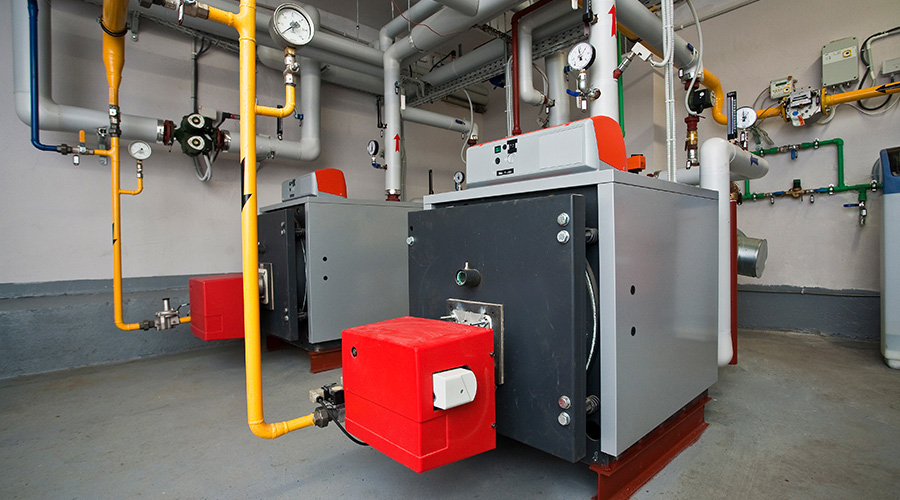How To Identify Goals When Planning Energy Efficient HVAC Equipment
Use these criteria for developing a list of specific goals for an energy efficient HVAC upgrade.
OTHER PARTS OF THIS ARTICLEPt. 1: This Page
A good starting point in planning for an energy efficient HVAC system is for the owner or anchor tenant to develop a list of goals that are important to them. This list might include:
• First cost
• Life-cycle cost (total cost of ownership)
• Cost per square foot to build
• Cost per square foot to lease
• Moderate maintenance cost (over the long term)
• Expected life of each proposed system and replacement costs
• In-house maintenance vs. dependence on outside vendors
• Comfort
• Comfort control by tenants (zoning)
• Flexibility to modify, since most building see lots of changes over the years
• Utility operating cost
• Utility metering
• Submetering of electricity
• No long term energy procurement contracts
• Need for supplemental cooling (use of the building condenser water system for cooling server rooms, conference rooms, etc., with or without extra energy charges)
Having a list like this can help refocus the discussion from the developer's goals, or those of the architecture and engineering firm, to the owner's stated goals.
Owners and anchor tenant goals can be converted into performance requirements so there is little or no finger pointing when things do not go as planned. Owners and anchor tenants can sit back and demand the building developer and management company meet the owner's goals by holding them responsible for the performance of the building, and this can include the guaranteed operating cost project.
The tone of the discussion changes when the owner throws on the table the concept of “performance guarantees” by the developer and principal contractors. Legal care needs to be exercised since some developers and general contractors create a new LLC corporation (single-purpose entity) for each major project as a means of limiting their liability and limiting the owner’s chance of recovery if the performance guarantees are not achieved. A performance-based approach requires a contractual time table for the construction period (incentives for completion on time and on budget, and penalties for delays and nonperformance).
A famous LEED lawsuit developed over the architect's guarantee of operating cost for a new high school. When the operating cost came in at 300 percent of the guaranteed operating cost, the schools board (owners) went to court, demanding the difference between the guaranteed operating cost and the actual operating cost — for the next 50 years. This case shows the importance of looking out over the life of the building early in the building development process, when construction HVAC decisions are made.
For an advice on how to make the full case for an energy efficient HVAC upgrade, see this article in the April issue Building Operating Management.
Related Topics:












